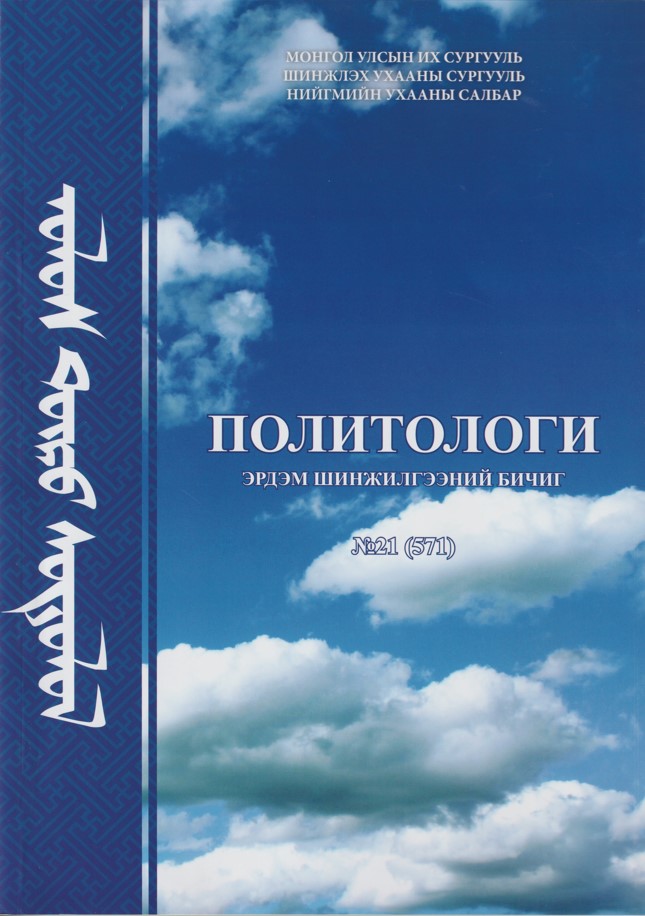DYNAMICS AND CHANGES OF THE EXECUTIVE-PARTIES DIMENSION OF THE MONGOLIAN DEMOCRACY AND ITS EFFECT ON DEMOCRATIC PERFORMANCE
Keywords:
Mongolia, consensus democracy, majoritarian democracy, executive-parties dimension, turnout, women’s representationAbstract
The main objective of this paper is to analyse dynamics and changes of the executive-parties dimension of institutional pattern of Mongolian democracy (i.e. one of two dimensions of Lijphartʼs majoritarian-consensus framework) on democratic performance or quality of democracy (in such areas as for instance electoral turnout, women’s representation etc.) since establishment of Mongolian unicameral parliament in 1992 to last parliamentary elections in 2020. Our aim is to show whether frequent changes to the country’s electoral laws (most of the electoral reforms tended to exaggerate disproportionality and favour the two largest parties), which often resulted in strong majoritarianism on the executive-parties dimension, tended to transform location of Mongolia in this dimension and whether this transformation also had an effect on the changes in democratic performance.




